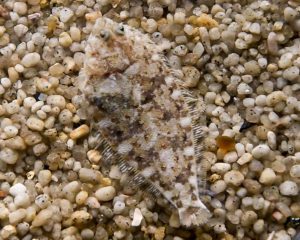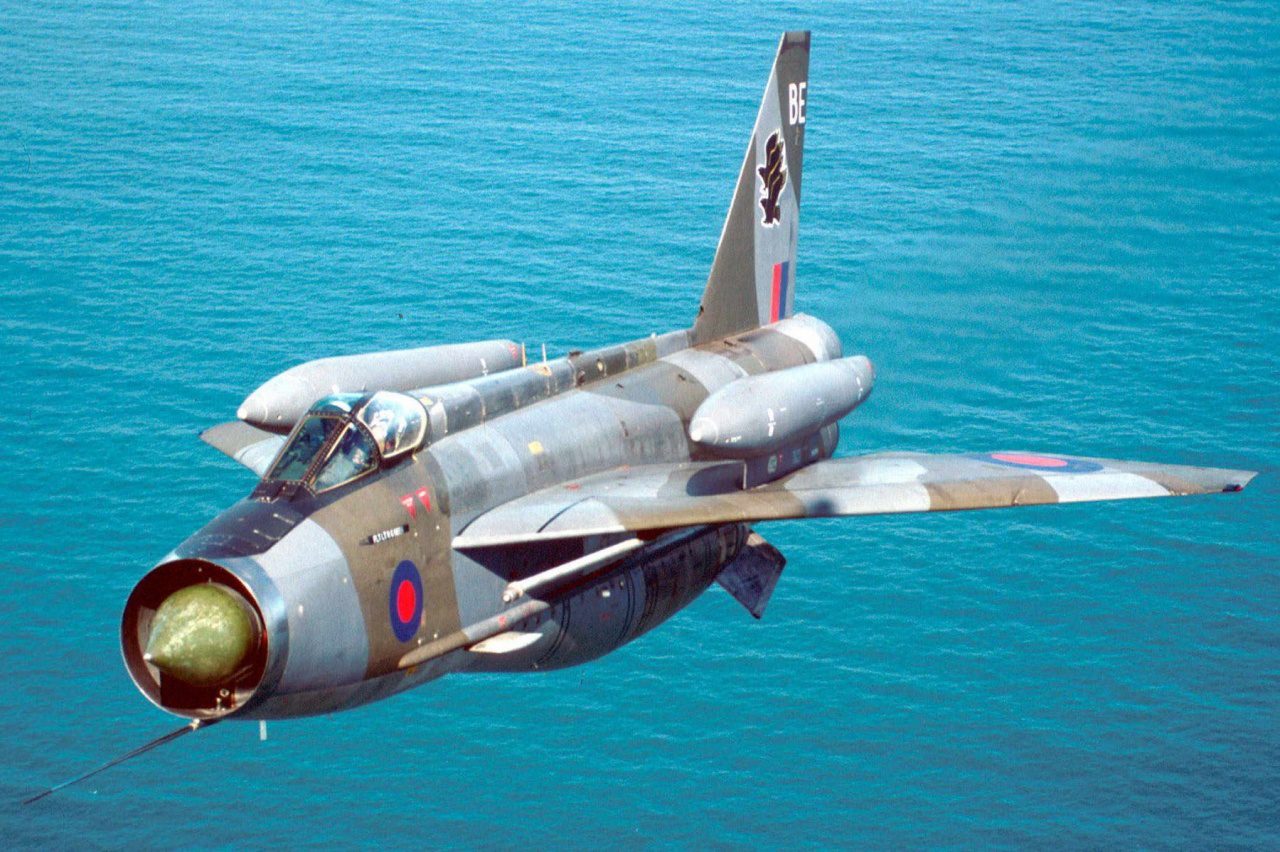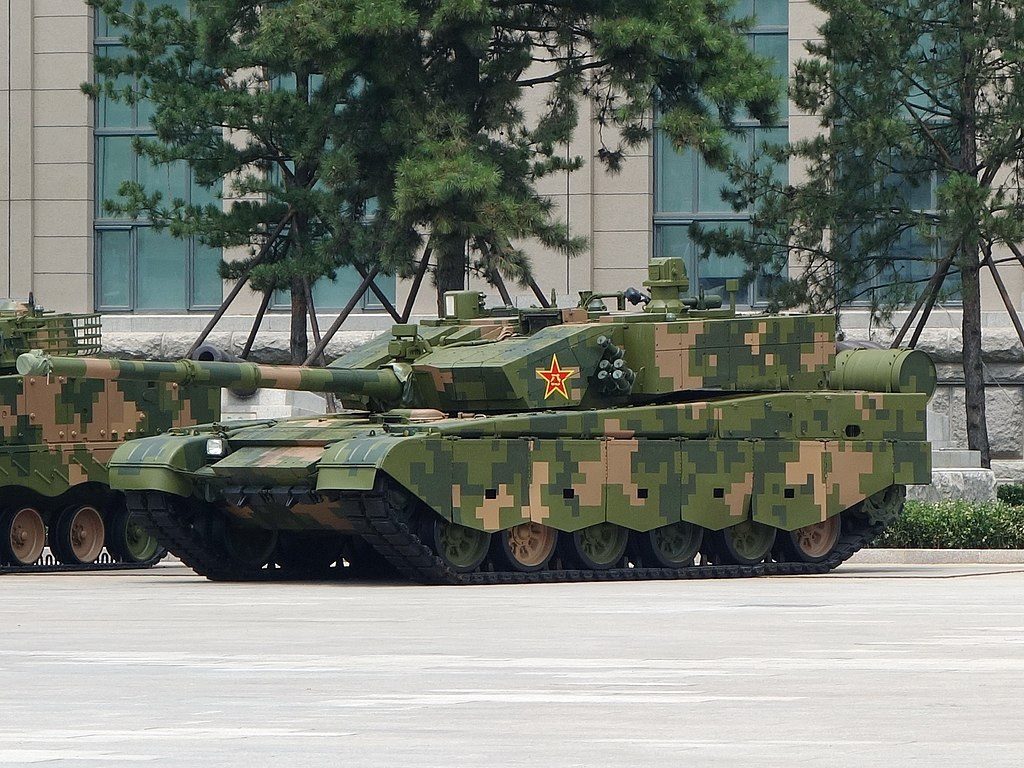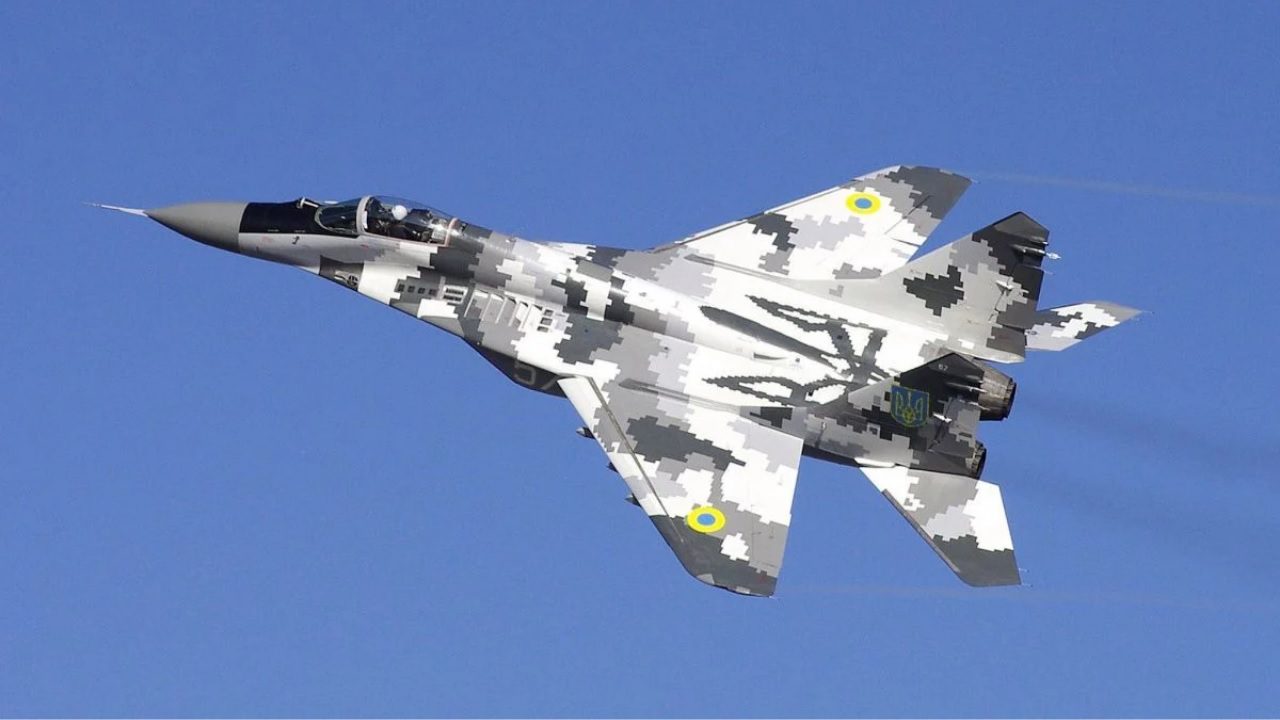“Stealth” as a concept has been around since the late 1970s when the US military realised that via the use of certain shapes and radar absorbent materials, you could cut an aircraft’s radar return by over 90 per cent. This meant that your side’s pilots could get much closer to the enemy before being detected. However, in truth “Stealth” has been around long before that – at least in visual wavelengths. While there had been a move from the bright reds and blues of soldiers tunics at the end of the 19th century to more toned down uniform and vehicle colours such as sand colours, khakis or “field greys”, true camouflage – that is using blotchy patches of colour – has only really been around since the First World War. This kind of camouflage was used to break your aircraft’s or vehicle’s or the your human body’s apparent outline, to blend in with its background, or, in the case of ship dazzle patterns to confuse enemy ranging and speed assessments.

Learning from nature: a Flounder fish camouflage is nearly perfect for its setting. Courtesy: Wikipedia
However, recently there has been a reassessment of what camouflage should look like. Breaking up outlines at long ranges requires “big blotches”. However at short ranges much smaller “blotches” are required. Thus a compromise has been the use of “fractal” or “pixelated” camouflage for some types. That is, large blotches are still on the vehicle or aircraft, but these are made up of much smaller pixels, breaking up the shape at short ranges as well as long. In other words the camouflage works at two scales.

RAF Lightning F6 of No 11 Squadron sporting overwing tanks and its traditional dark green/sea grey camouflage. Courtesy: UK MOD via worldwar.net
But surely at short ranges something as large as a fighter aircraft would be too obvious? Well, true. But one other reason will be because of telescoping imaging either from other aircraft or via reconnaissance spacecraft which can make the effective visual range very close. A secondary reason might be that these pixelated fractals might actually confuse an electro-optical imaging system trying to count aircraft on the ground.

It is not just aircraft that use pixelated camouflage. Here is a Chinese Type 99A tank with it on. Courtesy: PLA via Wikipedia
By the way, pixelated camouflage may yet take over other parts of aerospace. While efforts at reducing the reflectivity of spacecraft via shades and dark paint have been made to cut their brightness down for astronomy reasons – most famously by SpaceX and its Starlink satellites – it is known that military spacecraft designers are doing similar to both reduce the radar and optical footprints of their satellites. Likewise, as designers battle to keep the shape of their spacecraft disguised from space situational awareness optical detectors, it might be only a matter of time before we see pixelated camouflage on a spacecraft.








